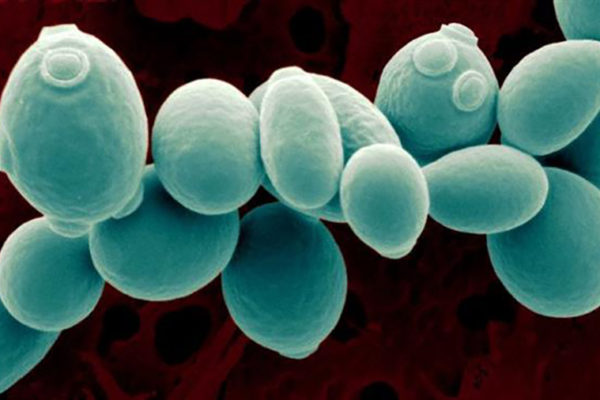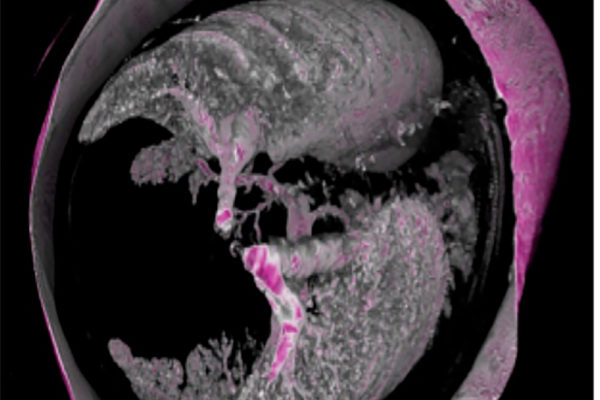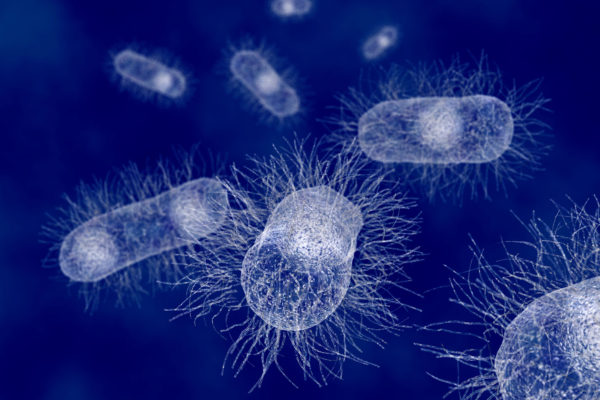Pappu named 2019 Biophysical Society Fellow
The Biophysical Society recently named a bioengineer from Washington University in St. Louis, Rohit Pappu, as one of its 2019 Society Fellows.
Detecting diluteness
Engineers at Washington University in St. Louis and Princeton University developed a new way to dive into the cell’s tiniest and most important components. What they found inside membraneless organelles surprised them, and could lead to better understanding of fatal diseases such as cancer, Huntington’s and ALS.
Changing cell behavior could boost biofuels, medicine
A computer scientist at Washington University in St. Louis has developed a way to coax cells to do natural things under unnatural circumstances, which could be useful for stem cell research, gene therapy and biofuel production.
A closer look inside
A faculty member at Washington University in St. Louis’ School of Engineering & Applied Science has been awarded two separate grants worth a combined $2.5 million to develop better biomedical imaging tools.
Huntington’s Disease target of $4.5 million in NIH grants
Rohit V. Pappu, the Edwin H. Murty Professor of Engineering in the School of Engineering & Applied Science at Washington University in St. Louis, has received two grants from the National Institutes of Health totaling more than $4.5 million to study the causes behind Huntington’s disease that may ultimately provide clues for a treatment or cure.
Survival of the hardest-working
An engineering team at Washington University in St. Louis developed a cellular kill switch, a sensor that rewards hard working cells and eliminates their lazy counterparts. The high-tech engineering fix could help improve production of biofuels and pharmaceuticals.
Setton elected president of Biomedical Engineering Society
Lori Setton, PhD, professor of biomedical engineering at Washington University in St. Louis, has been elected president of the Biomedical Engineering Society (BMES), a leading professional society for biomedical engineering and bioengineering.






